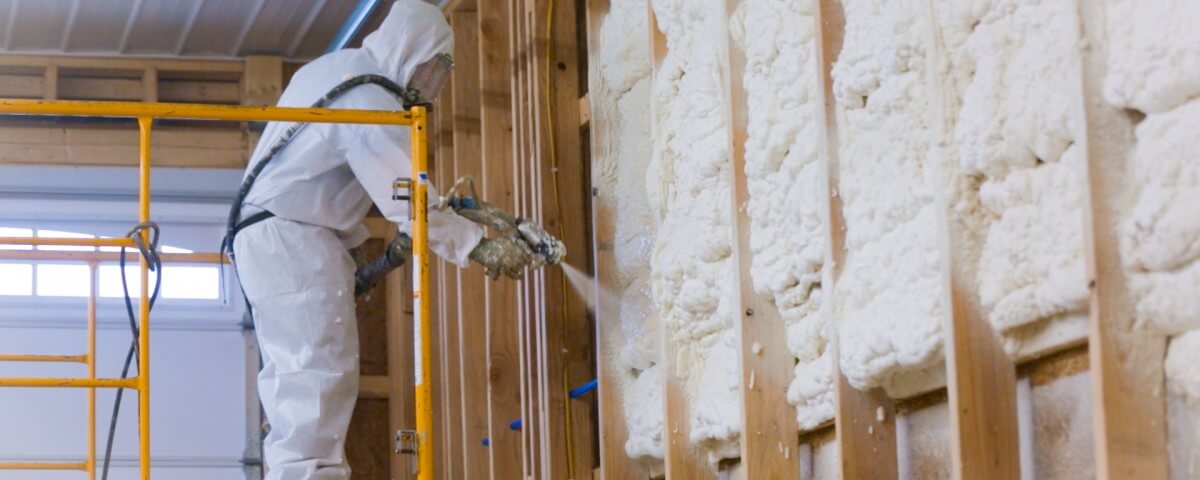What is Thermal Insulation
Thermal insulation is the reduction of heat transfer (i.e., the transfer of thermal energy between objects of differing temperature) between objects in thermal contact or in range of radiative influence. Thermal insulation can be achieved with specially engineered methods or processes, as well as with suitable object shapes and materials.
Hot Insulation or Thermal Insulation is used in manufacturing process or buildings to prevent heat loss or heat gain. If your need requires temperatures to be maintained above 60 oC, then your insulation need will be Hot Insulation.
Why is Thermal Insulation necessary?
The main objective of ‘Thermal Insulation’ is to observe a constant heat or temperature inside building, irrespective of temperature changes outside.
Some of the common products used for hot insulation -
Advantages of Thermal Insulation
- Thermal insulation keeps the room cool in summer and hot in winter.
- Due to thermal insulation the demand of heating in winter and refrigeration in summer, is considerably reduced. This results in lot of fuel saving and maintenance cost.
- Use of thermal insulating material inside a room results in prevention of condensation on interior walls and ceiling etc.
- The use of thermal insulating materials further reduces the risk of water freezing in case of pipes and heat loss in case of hot water systems.
Application of Thermal Insulation
Buildings
Maintaining satisfactory temperatures in buildings (by cooling and heating) uses a large amount of global energy consumption that needs to be reduced. Insulation will play an essential role in this way.
Mechanical Systems
Cooling and Space heating systems distribute heat throughout facilities employing pipes or ductwork that need to be insulated. Mechanical insulations are commonly installed in commercial and industrial facilities.
